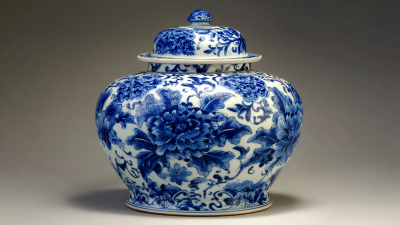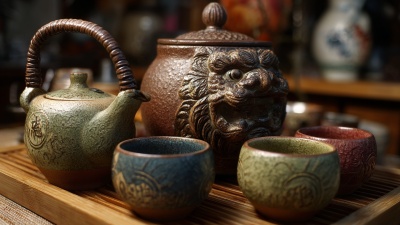

The Porcelain Bone Ash Jar has long been revered for its unique combination of aesthetics and functionality in the realm of storage solutions. According to the National Institute of Standards and Technology, the preservation of various materials can significantly benefit from optimal storage conditions, with proper containers being paramount to longevity and quality. Recent industry reports suggest that the use of specialized storage jars not only minimizes degradation of contents but also enhances their accessibility and organization. The Porcelain Bone Ash Jar, crafted from high-quality materials, is particularly effective in maintaining the integrity of delicate items, ranging from rare herbs to precious artifacts. This article delves into the multifaceted advantages of utilizing these jars, revealing how they can unlock the secrets to superior preservation practices while catering to the needs of collectors, researchers, and enthusiasts alike.
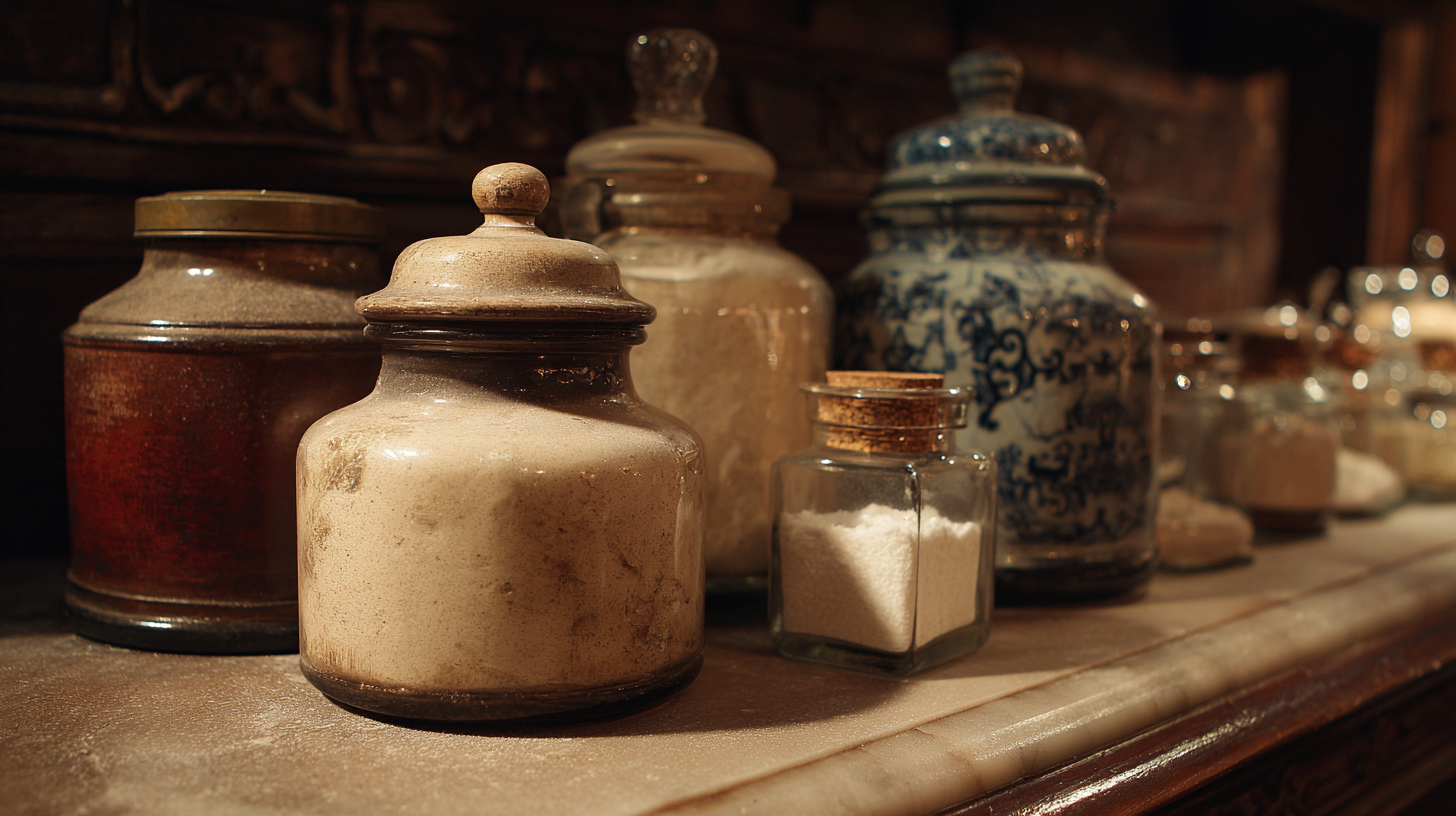
Porcelain bone ash has garnered attention as an exceptional material for storage solutions, particularly due to its unique properties. Composed primarily of bone ash, feldspar, and kaolin, this material exhibits a combination of strength, low porosity, and thermal stability, making it ideal for long-term preservation. According to a report by the International Journal of Advanced Manufacturing Technology, porcelain bone ash containers can maintain structural integrity and reduce moisture absorption by approximately 30% compared to traditional glass or plastic storage options. This characteristic is vital for sensitive materials requiring stable environments, such as pharmaceuticals and high-value artifacts.
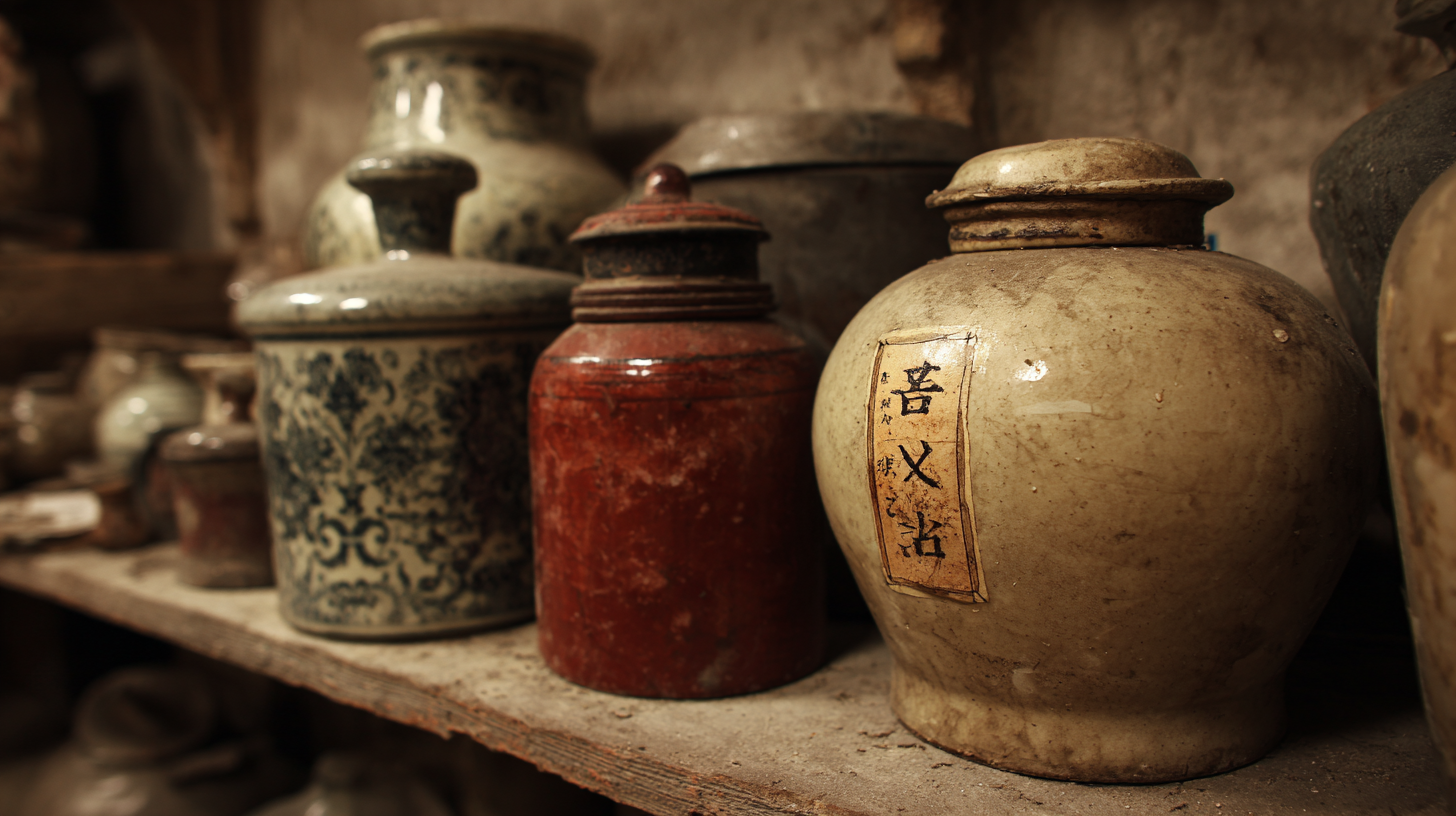
Moreover, the aesthetic appeal and durability of porcelain bone ash jars add to their functional advantages. They can withstand the rigors of everyday handling while remaining environmentally friendly, as they are composed of biodegradable materials. The Transparency Market Research analysis indicates that the demand for eco-friendly storage solutions is projected to grow by 15% annually, highlighting a significant shift in consumer preferences. With their remarkable resilience and stylish appearance, porcelain bone ash jars are not just practical but also cater to a growing trend focused on sustainability and design, ultimately enhancing optimal storage and preservation methods across various industries.
When it comes to storing bone ash, the choice of jar is crucial for maintaining its integrity and quality. Porcelain bone ash jars are renowned for their durability and aesthetic appeal. To ensure optimal storage, it's essential to consider the jar's dimensions and design features. An ideal jar should have a wide mouth for easy filling and cleaning, as well as a secure lid to prevent moisture ingress and contamination. The size of the jar should not only accommodate the volume of bone ash but also allow for ventilation, preventing any buildup of heat or gases.
**Tips for Choosing the Right Jar:**
1. **Material Quality**: Opt for high-fired porcelain, which provides greater strength and resistance to chipping compared to lower-quality ceramics.
2. **Sealing Mechanism**: Look for jars with airtight seals, such as silicone gaskets, to protect contents from humidity.
3. **Shape and Stability**: A stable, rounded base can help prevent tipping, while a squat design lowers the center of gravity making it less prone to accidents.
Selecting the right dimensions coupled with thoughtful design features in porcelain bone ash jars can significantly enhance the preservation of the ash, ensuring it remains in pristine condition over time.
| Dimension | Recommended Range (cm) | Material Characteristics | Design Features |
|---|---|---|---|
| Height | 10 - 25 | Durable, heat-resistant | Tight-fitting lids |
| Diameter | 5 - 15 | Non-porous surface | Decorative patterns |
| Wall Thickness | 0.5 - 1.5 | Resistant to cracking | Ergonomic grip |
| Capacity | 200 - 1000 ml | Non-reactive to contents | Ventilation options |
Temperature and humidity control are critical elements in the preservation of porcelain bone ash jars. These artisanal containers, renowned for their delicate structure and aesthetic appeal, require specific environmental conditions to maintain their integrity over time. According to a recent report by the International Society for Ceramics, maintaining a storage temperature between 20°C and 25°C (68°F to 77°F) is optimal for preventing thermal stress that can lead to cracks or discolouration.
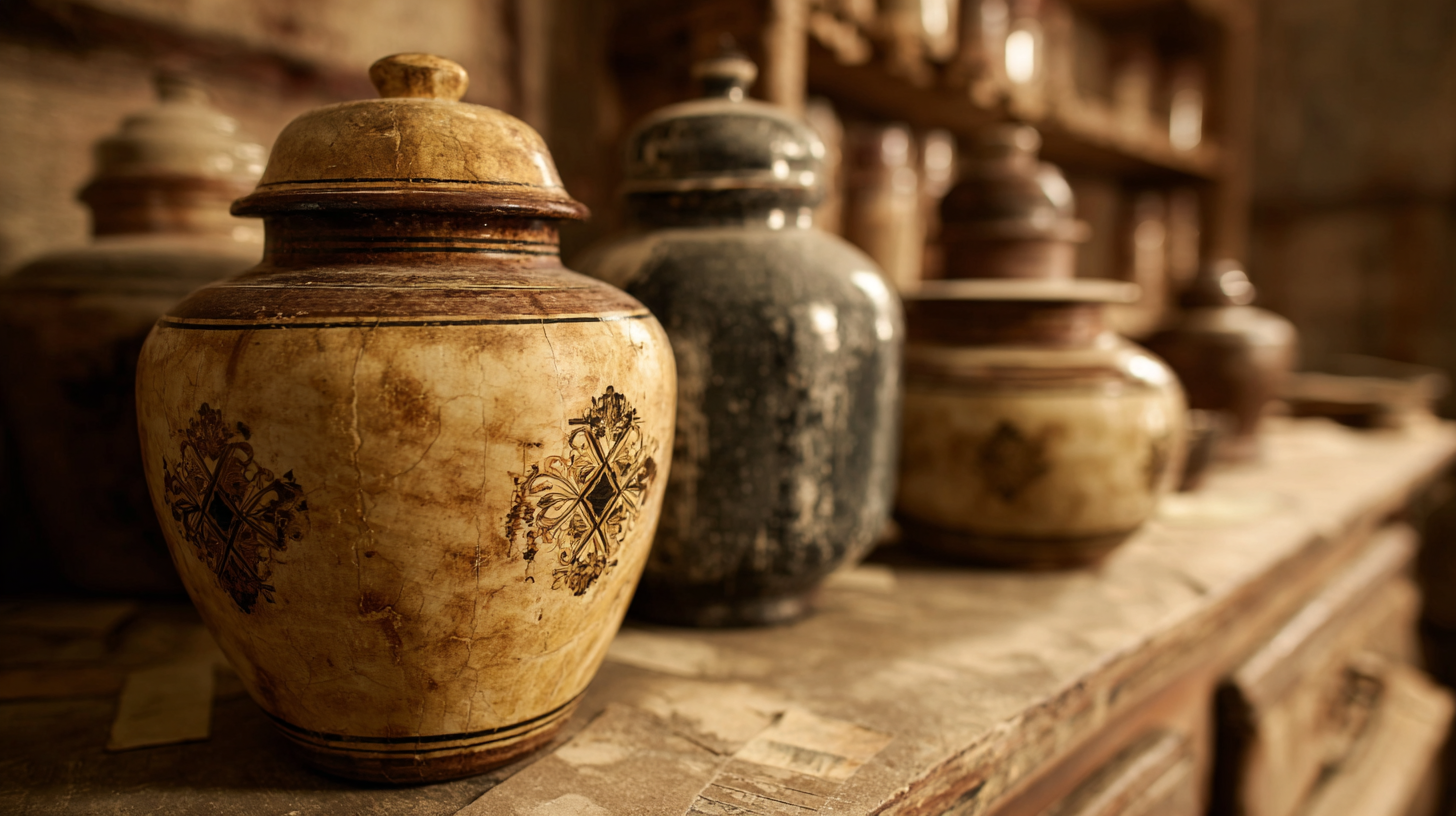 Humidity levels also play a pivotal role; it is recommended to keep relative humidity between 40% and 60%. High humidity can lead to mold and mildew growth, particularly around the seals or the exterior glaze of the jars, while excessively low humidity can cause dryness and brittle structures. The Heritage Conservation Journal highlights that controlling these factors can extend the lifespan of porcelain artifacts significantly, often doubling their longevity when compared to unregulated environments. Therefore, collectors and conservators alike must prioritize these conditions to ensure the optimal storage and preservation of porcelain bone ash jars.
Humidity levels also play a pivotal role; it is recommended to keep relative humidity between 40% and 60%. High humidity can lead to mold and mildew growth, particularly around the seals or the exterior glaze of the jars, while excessively low humidity can cause dryness and brittle structures. The Heritage Conservation Journal highlights that controlling these factors can extend the lifespan of porcelain artifacts significantly, often doubling their longevity when compared to unregulated environments. Therefore, collectors and conservators alike must prioritize these conditions to ensure the optimal storage and preservation of porcelain bone ash jars.
When considering effective storage solutions for valuable items, porcelain bone ash jars stand out due to their unique composition and properties. Unlike traditional ceramic alternatives, which may contain materials prone to degradation over time, porcelain bone ash is a refined blend that includes bone ash, china clay, and kaolin. According to a study published in the "Journal of Material Sciences," porcelain bone ash jars demonstrate a significantly lower porosity rate—around 5% compared to 12% for standard ceramics—making them less permeable to humidity and air, essential factors in preserving contents over long periods.
Tips for maximizing the benefits of porcelain bone ash jars include ensuring the jars are kept in a stable environment, away from extreme temperature fluctuations that could cause cracking. Additionally, using silica gel packets inside the jars can further control moisture levels, enhancing preservation capabilities.
On the other hand, alternative storage options, such as plastic containers, often lack the aesthetic and structural integrity provided by porcelain. Research from the "International Journal of Preservation Technology" indicates that plastics can leach harmful chemicals over time, potentially damaging sensitive contents. Thus, for the long-term storage of valuable items, porcelain bone ash jars not only offer a robust solution but also align with the best practices backed by industry data for optimal preservation.
When it comes to using porcelain bone ash jars for optimal storage and preservation, adhering to industry standards is essential. These jars are known for their durability and ability to protect contents from environmental factors such as moisture and light. To achieve the best results, it is crucial to select high-quality jars specifically designed for the intended purpose. The thickness of the jar walls should be appropriate for the storage conditions, as thicker walls offer better insulation and protection.
Another recommended practice is to ensure proper sealing of the jars. Many industry experts suggest using airtight lids or seals to maintain the integrity of the contents and prevent contamination. Additionally, storing the jars in a controlled environment, away from direct sunlight and temperature fluctuations, enhances the longevity of the materials inside. Regularly checking the jars for any signs of wear or damage can also help preserve their functionality and effectiveness over time. By following these best practices, users can maximize the benefits of porcelain bone ash jars and ensure their valuable contents remain in optimal condition.



